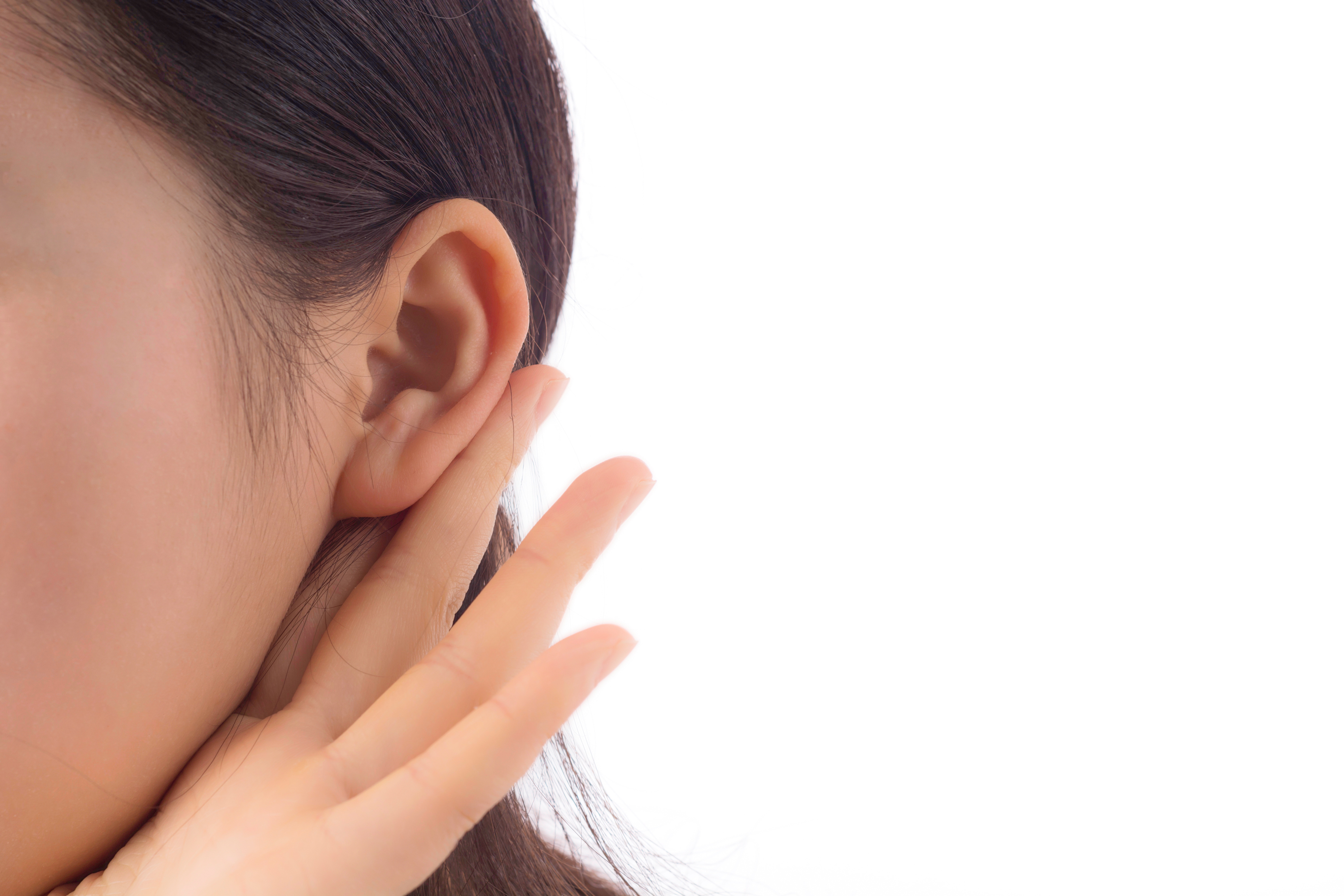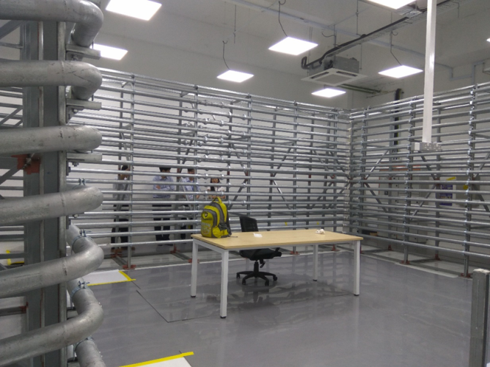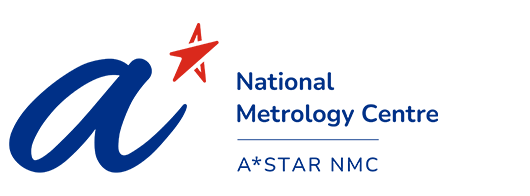ACOUSTICS AND VIBRATION

Introduction

Acoustic is essentially a vibration energy that propagates in a transmission medium such as air. Acoustics and vibration are interrelated and these mechanical phenomena often have great impact in our daily lives, from listening of music to vehicle vibrations.
Measurement and monitoring of sound and vibration is critical in many industry sectors such as aerospace, construction, automobile, electronics, manufacturing and healthcare, as it has great impact on quality of products and services; performance and reliability of equipment; health and safety of the people.
Latest News
MEASUREMENT STANDARDS AND DISSEMINATION
The Acoustics & Vibration (AV) Laboratory develops, maintains and disseminates acoustics, ultrasound and vibration related national measurement standards in Singapore. Beyond measurement traceability dissemination, these measurement standards open up opportunities for local and overseas sensing instrument developers and manufacturers to understand their device performance through comprehensive characterization. The acoustics and vibration metrology at NMC can be broken down into four areas namely airborne acoustics, underwater acoustics, ultrasound and vibration. These standards are derived from four base units which are ampere, metre, kilogram and second.
TRAINING COURSES

These trainings also act as a platform to educate scientists and engineers working in the field on the fundamentals of acoustics and vibration metrology, and the importance of measurement comparability and traceability for international recognition of measurement and test results.
Trainings conducted in the past:
- Airborne acoustic measurement and calibration
- Vibration measurement techniques
INTERNATIONAL COMPARISONS
To ensure the unbroken metrological traceability chain, the AV lab participated in several international comparisons in both the acoustics and vibration domains. NMC is currently the observer in the Consultative Committee for Acoustics, Ultrasound and Vibration (CCAUV) and also the active member in the Asia Pacific Metrology Programme (APMP) Technical Committee for Acoustics, Ultrasound and Vibration (TCAUV).
International comparisons:
- APMP.AUV.A-K3 Comparison of ½-inch laboratory standard microphone calibrations
- CCAUV.V-K3 Comparison of acceleration complex sensitivity
- CCAUV.V-k5 Primary calibration of magnitude and phase of the complex sensitivity of accelerometers from 10 Hz to 20 kHz
- APMP.AUV.A-K5 Comparison of 1-inch laboratory standard microphone calibrations (2021, upcoming)
RESEARCH PROJECTS

The AV Laboratory also carries out R&D and consultancy for industry and other stakeholders to develop and apply acoustics and vibration measurement techniques for various applications.
Some of the projects in AV laboratory:
- Natural gas transmission pipeline leakage detection
- MEMS microphone characterisation
- Sub-nano meter vibration measurement for multi-terabit-per-inch-square hard disk drive
INTERESTING STORIES

How loud is too loud?
Noise-induced hearing damage is related to the duration and volume of exposure. It is suggested that the noise dosage should be less than 85 dB A-weighting for continuous 8 hours a day.
A*STAR celebrates International Women's Day

From groundbreaking discoveries to cutting-edge research, our researchers are empowering the next generation of female science, technology, engineering and mathematics (STEM) leaders.
Get inspired by our #WomeninSTEM
